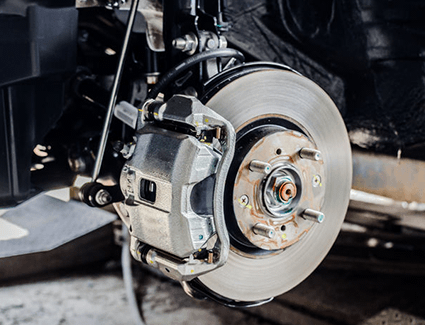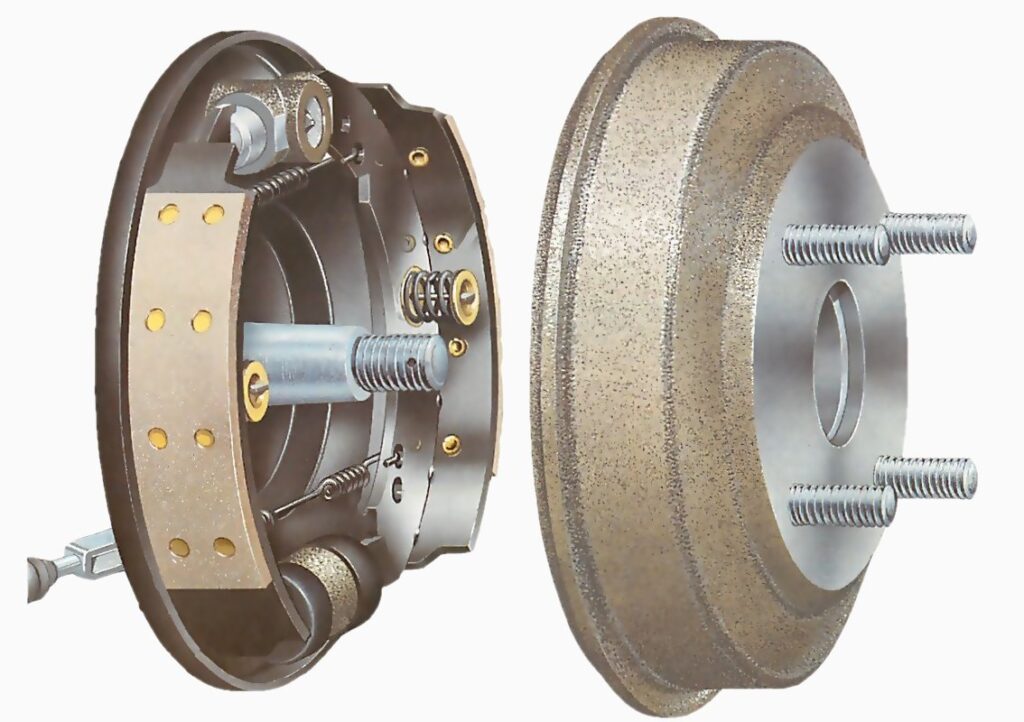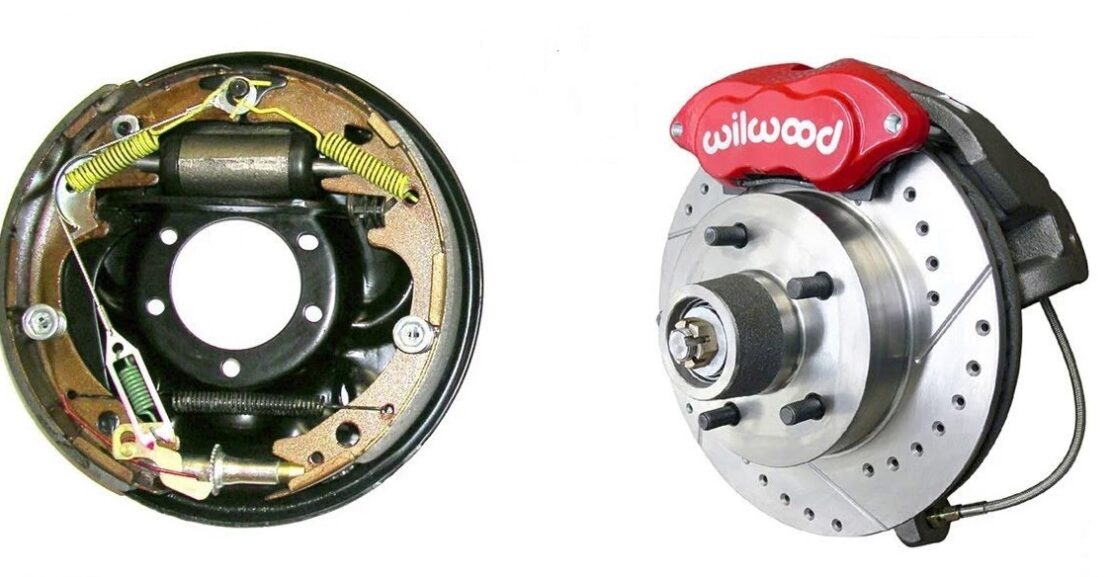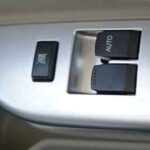It wasn’t until the 60s and 70s that attempts were made to improve car braking systems to reduce stopping distances, prevent skidding on slippery roads, and make vehicles safer to drive. We compare the early drum brake system and the modern ABS system, to find out how far brake technology has come.
ABS Brakes
An anti-lock braking system (ABS) is a system on motor vehicles that prevents the wheels from locking while braking. The purpose of this is to allow the driver to maintain steering control under heavy braking and, in some situations, to shorten braking distances (by allowing the driver to hit the brake fully without the fear of skidding or loss of control). Disadvantages of the system include increased braking distances under certain conditions and the creation of a “false sense of security” among drivers who do not understand the operation and limitations of ABS.
Well on a simple note..it protects the tire of your car from locking up. And skidding your car.
it helps you control your car while braking(even hard braking)..
it usually has four components..

1-valve
2-pump
3-speed sensor
4-controller
The controller controls the valve and the pump and keeps check of the speed sensor.
The speed sensor detects when the tire is about to lock up. Or when the tire has locked about..
When it is so…
The speed sensor sends the signals to the controller..
The controller then uses the valve to release some pressure from the brakes making the tire spin again and letting you control your car..
The pump is there to put back the pressure on the brakes to keep it on the point where the tire is about to lock up and keep it safe from locking up giving you the most braking power.
Drum Brakes
Drum brakes first appeared on a car in 1900. And a couple of very prestigious names were involved along the way. The car sporting those first-gen drums was a Maybach (you might know that as the ultra-lux brand of Mercedes-Benz — and Karl Benz’s wife, Bertha, had invented brake pads 12 years before). Louis Renault patented the brake drum in 1902. His contribution, which allowed the patent, was to change the brake lining to asbestos, to dissipate heat (Bertha’s brake pads were leather). But the modern brake drum was a huge leap for the time — going from a primitive wooden brake to steel and springs that were much more reliable.

Drum brakes were the norm for cars back in the day, and they still exist on many old cars today. This is because it isn’t a bad braking system, and if properly maintained it does work effectively, even if it does have its design flaws.
How it works is that when you apply the brake pedal, a hydraulic system causes a curved brake ‘shoe’ to press against the inside of a round drum that rotates along with the wheel. This contact produces friction to slow the car down, and hopefully, stop.
Early cars used this brake system on all four wheels, and some cars today use a front-disc / rear-drum configuration. While the brake shoes are made of heat-resistant friction material, it is inevitable that wear and tear do occur and they’ll need replacing.
Replacement of the components isn’t that cheap and can be a mechanic’s nightmare. It’s a tedious, finicky process compared to disc brakes, which are just a case of popping on a fresh set of pads and rotors.
The other issue with drum brakes is that they’re not that effective on steep hills. If you happen to be descending with a heavy load, they tend to lose grip because of the heat build-up within the drum known as ‘brake fade.
ABS Brakes and Old Drum Brakes well you read this block then I think you decide to sell your old drum brake car and buy a new model ABS braking system car for your family’s safety.
























